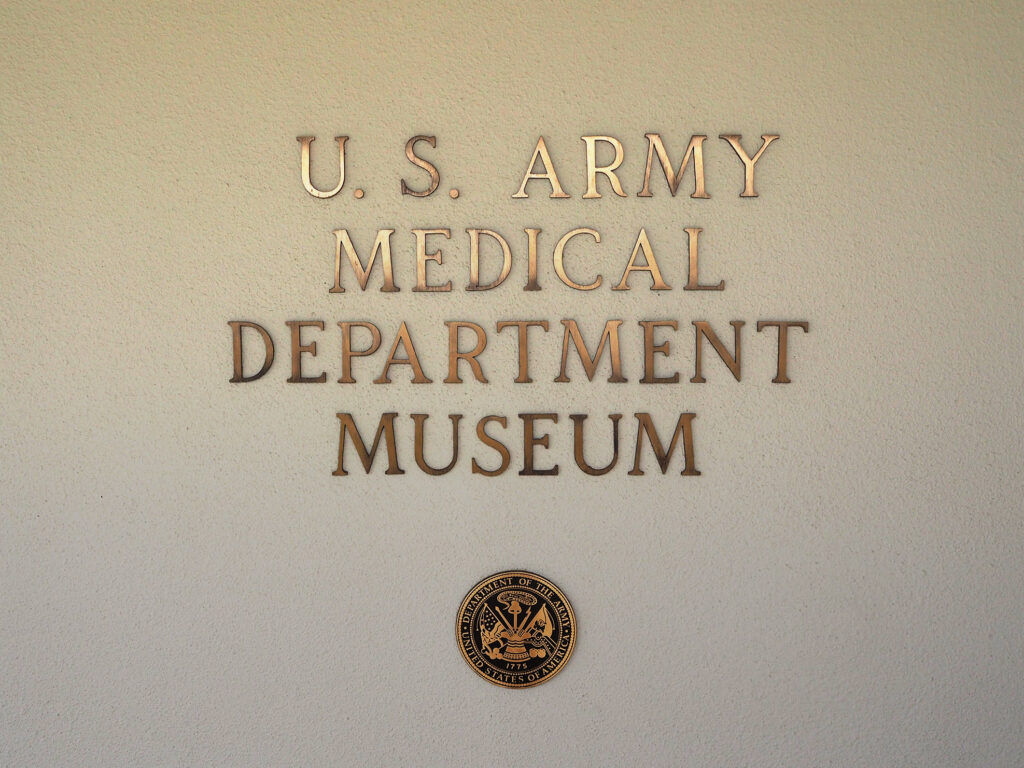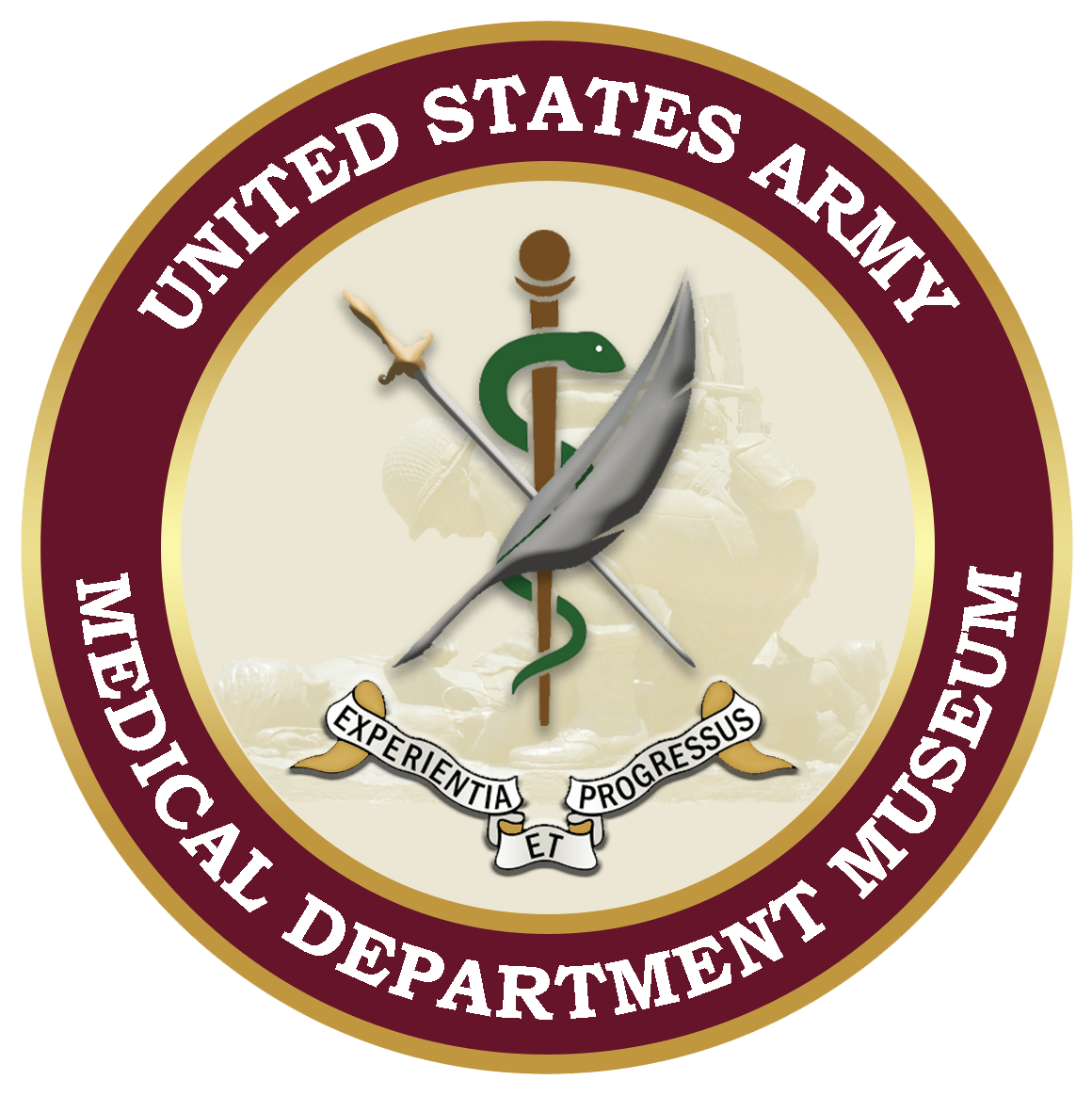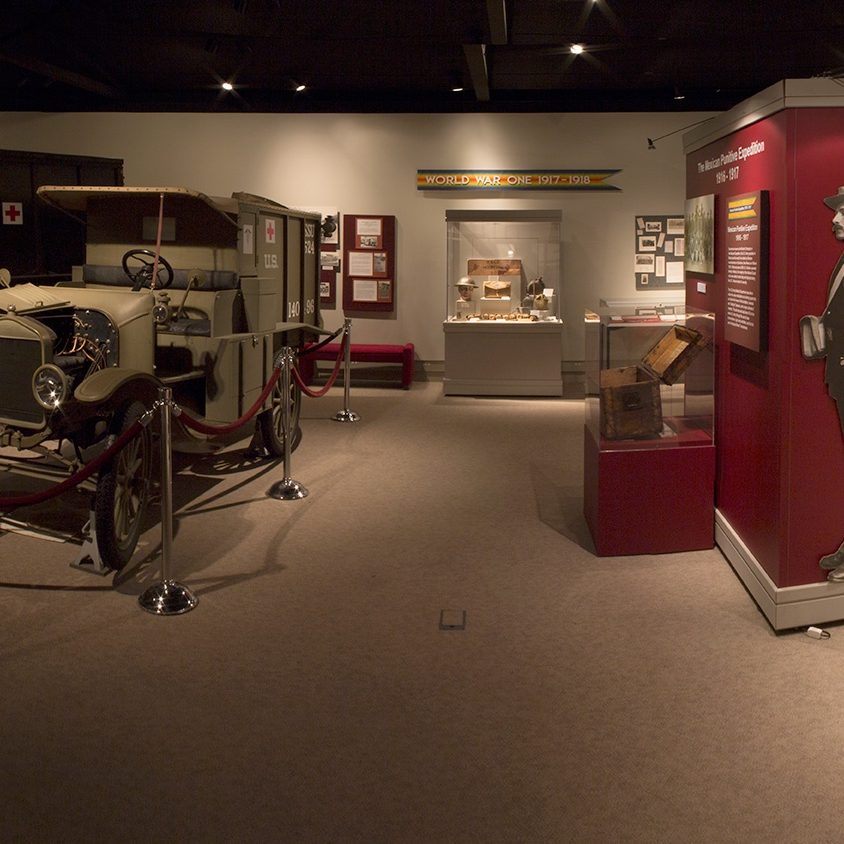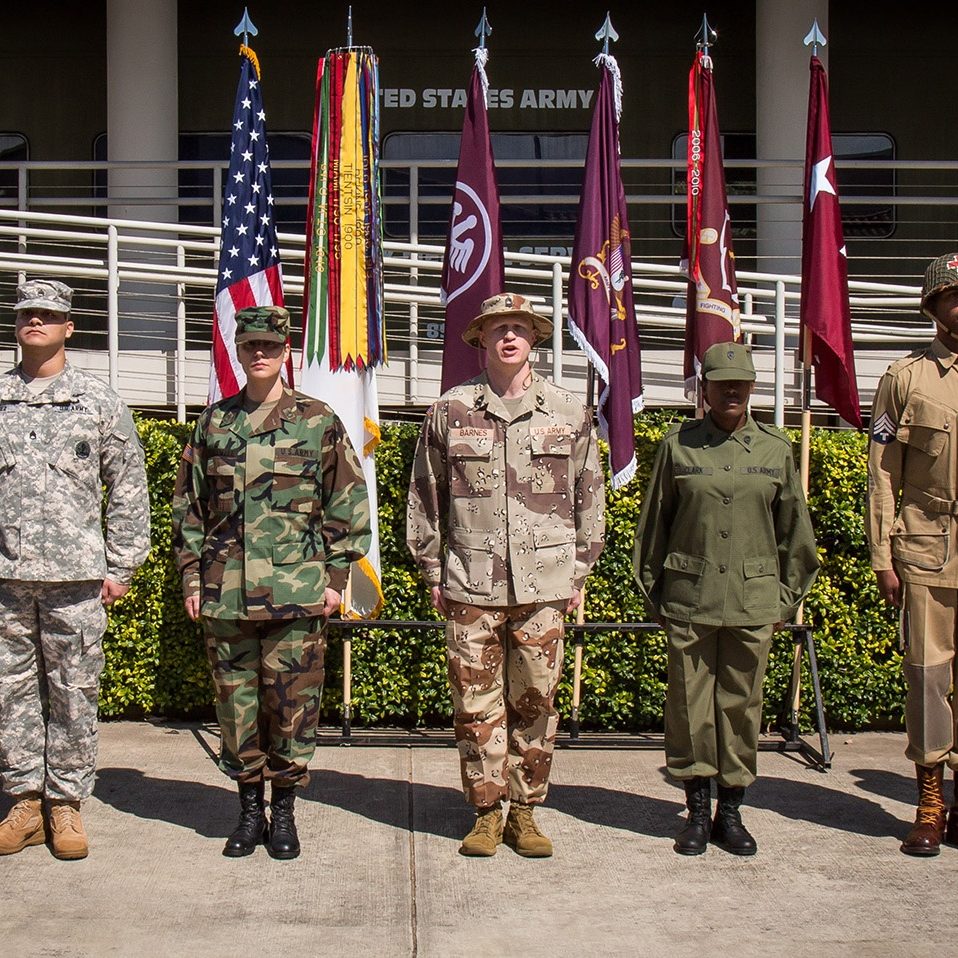
MISSION
The mission of the U.S. Army Medical Department Museum is to collect, preserve, exhibit, and interpret historically significant property related to the history of the Army Medical Department from 1775 to the present. As an educational institution, the museum will support training and education for military and civilian personnel.
Subscribe To Our Newsletter
Discover the Museum
The museum has medical equipment, historic uniforms, vehicles, pictures, films, and artwork relating to the history of the U.S. Army Medical Department from 1775 to the present.
Our History
The original U.S. Army Medical Museum was founded in 1862 as a research facility in Washington, D.C. It was transferred to the Armed Forces Institute of Pathology, and was located at Walter Reed General Hospital.
Plan a Visit
Are you planning a visit to the museum? The U.S. Army Medical Museum plan to visit page covers all areas visitors would need to know to make their visit that much more enjoyable from parking, entry, and much more.
U.S. Army Medical Department Museum Foundation
The U.S. Army Medical Department Museum Foundation has taken on an ambitious campaign in the expansion and modernization of the Museum’s exhibits and operations, to bring dramatic new opportunities for visitors to explore and connect with Army Medicine’s vibrant history and discover the value of Army Medicine now and for the future!
This site is property of the AMEDD Museum Foundation, a non-profit organization that supports the U.S. Army Medical Department Museum. The AMEDD Museum Foundation is a non-federal entity with no involvement in the management and oversight of the U.S. Army Medical Department Museum. The Foundation is not part of the U.S. Army or any of the museums administered by the U.S. Army, including the U.S. Army Medical Department Museum. Furthermore, the Foundation is not endorsed by the U.S. Army or any of the U.S. Army museums, including the U.S. Army Medical Department Museum. While this website serves to provide information about the U.S. Army Medical Department Museum, the views expressed are those of the Foundation, not the U.S. Army.



